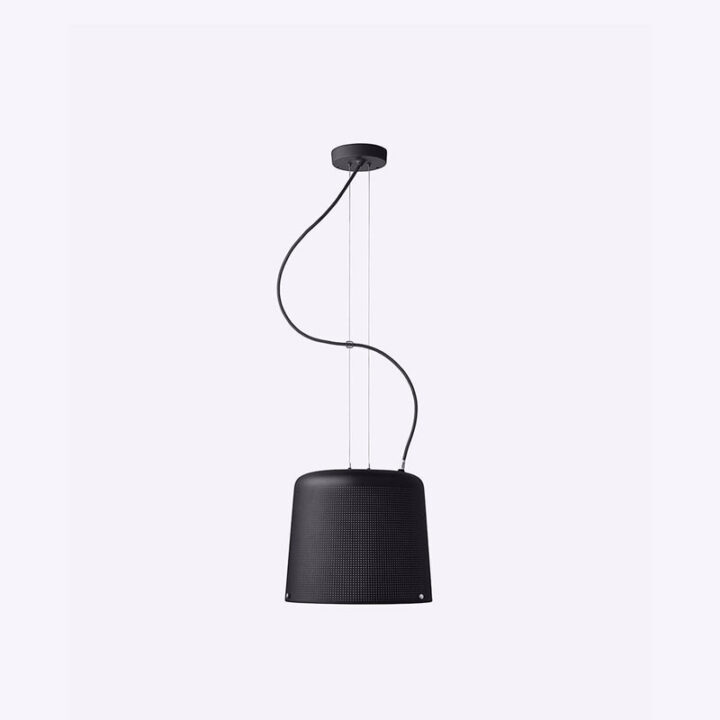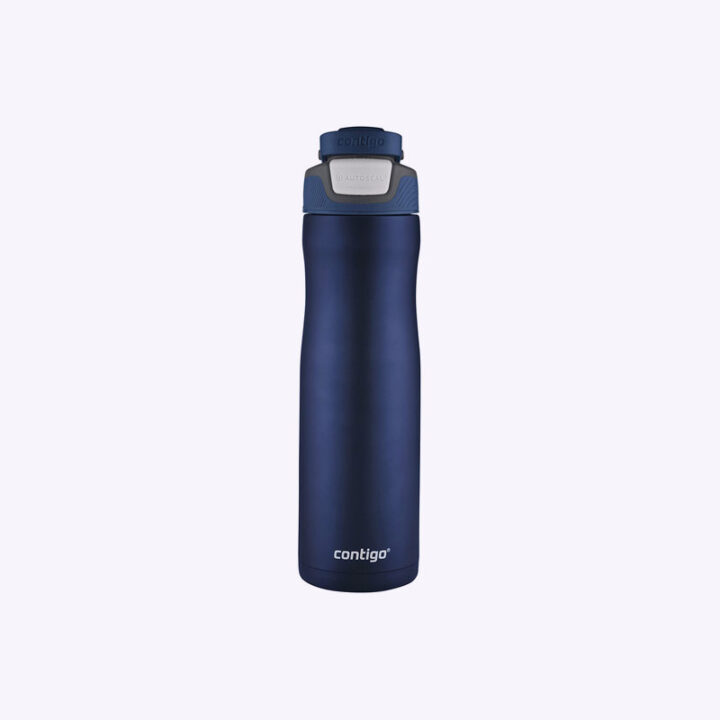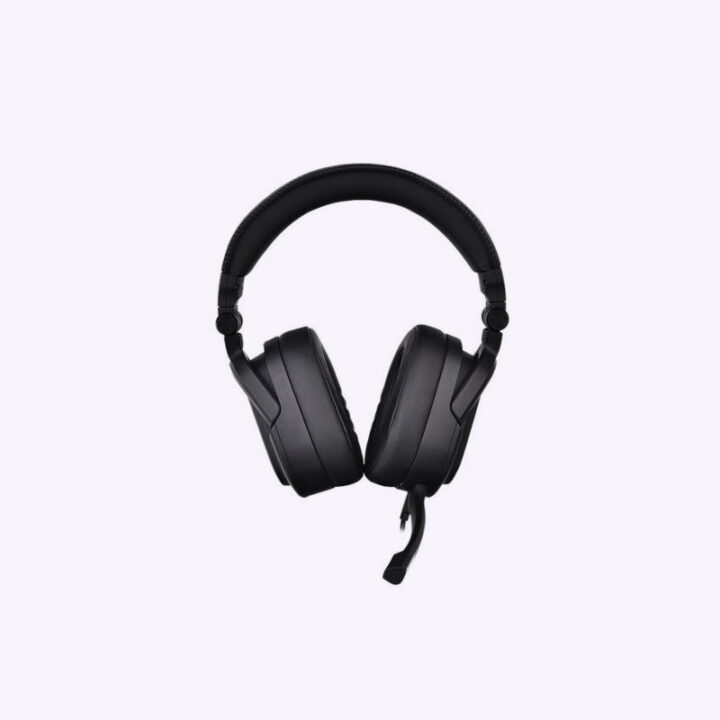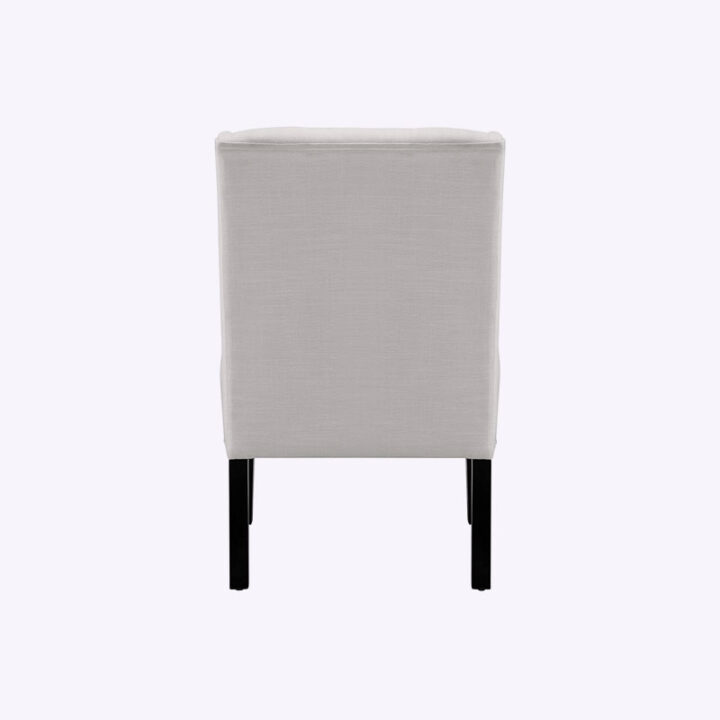Stacked Trends
- StackedTrends is a versatile and comprehensive tool designed to enhance data visualisation and analysis. It combines several types of charts and analytic reference lines to provide a holistic view of your data. Here is a detailed description:
- Visual Components
- Column Charts:
- Simple Column Charts: These charts display data using vertical bars. Each bar represents a data point, with the height corresponding to its value. This type is useful for comparing individual data points across categories.
- Stacked Column Charts: In these charts, each bar is divided into segments that represent different subcategories. The total height of the bar shows the aggregate value, while the segments show the contribution of each subcategory. This is particularly useful for visualising part whole relationships.
- Column Charts:
- Visual Components
- Bar Charts:
-
- Simple Bar Charts: Similar to column charts but oriented horizontally. Each bar represents a data point, with the length corresponding to its value. This format is ideal for comparing data across categories when category names are long or numerous.
- Stacked Bar Charts: These charts stack different subcategories within a single bar, with the total length representing the aggregate value. This helps in comparing the total and individual contributions across different categories.
-
- Analytic Reference Lines
- Average Line:
-
-
- This line represents the average value of the data points in the chart. It helps in identifying how individual data points compare to the overall average. This line is dynamically calculated based on the data presented in the chart.
-
- Constant Line:
-
- A user defined reference line that remains constant across the chart. This can be used to highlight specific thresholds, targets, or benchmarks, providing a clear point of reference for evaluating the data.
- Usage and Applications
- Comparative Analysis: The combination of simple and stacked charts allows for detailed comparative analysis. Users can easily compare individual data points, subcategory contributions, and overall totals.
- Trend Identification: By integrating average and constant lines, users can quickly identify trends and anomalies. The average line offers a quick visual of central tendency, while the constant line helps in evaluating performance against set benchmarks.
- Versatility: This custom visual is adaptable to a variety of data sets and can be used across different domains, such as finance, sales, marketing, and operations, providing a comprehensive toolkit for data analysis.
- Customization and Interactivity
- Interactive Elements: Users can interact with the visual to drill down into specific data points, filter data, and explore detailed insights.
- Customizable Aesthetics: Colours, labels, and other visual elements can be customised to match organisational branding or specific presentation needs.








